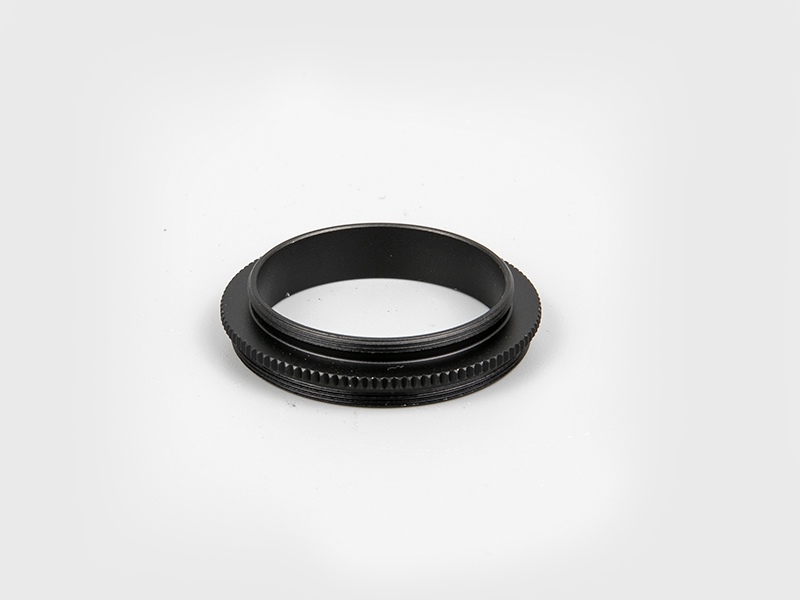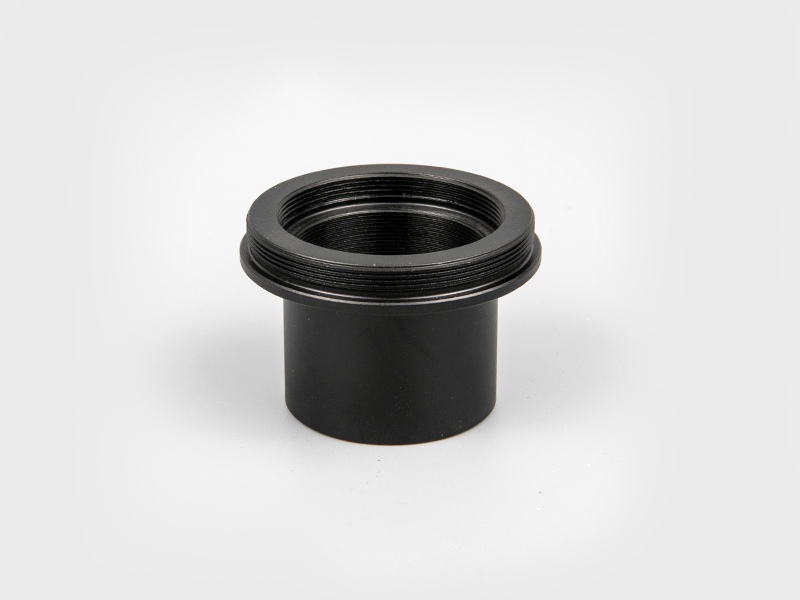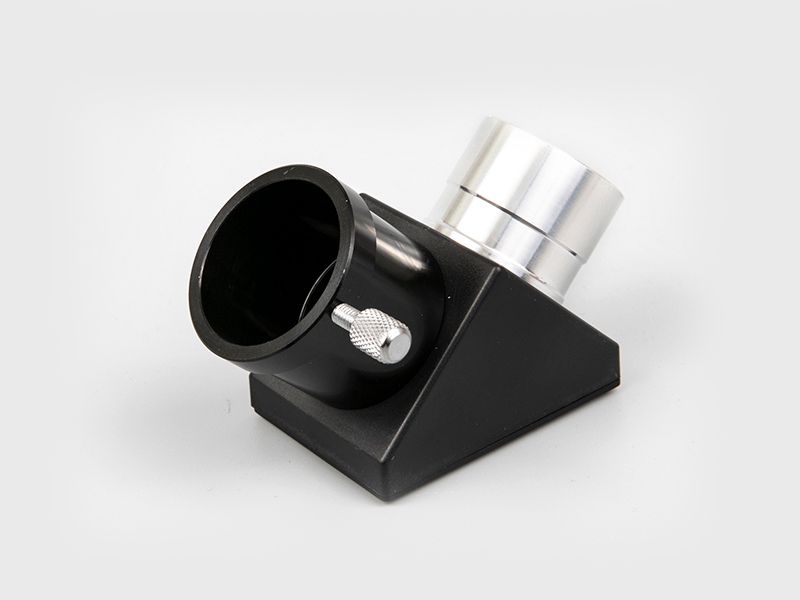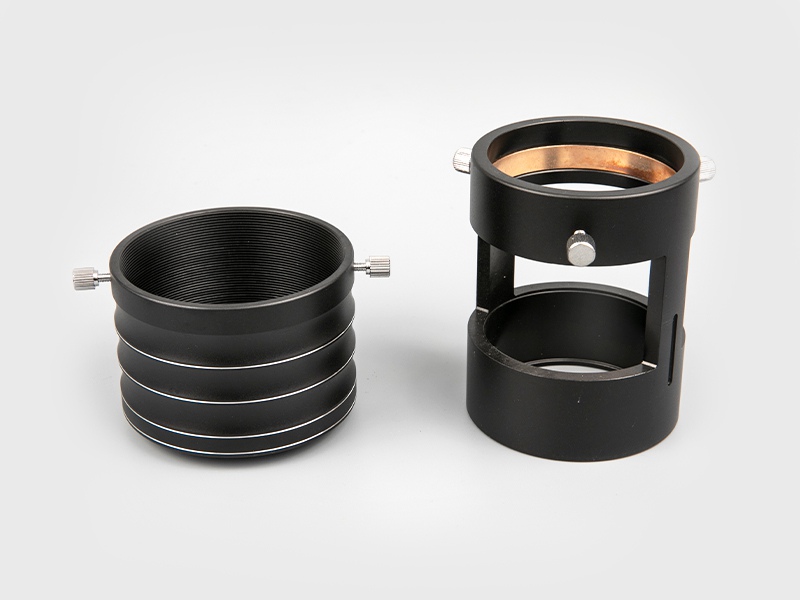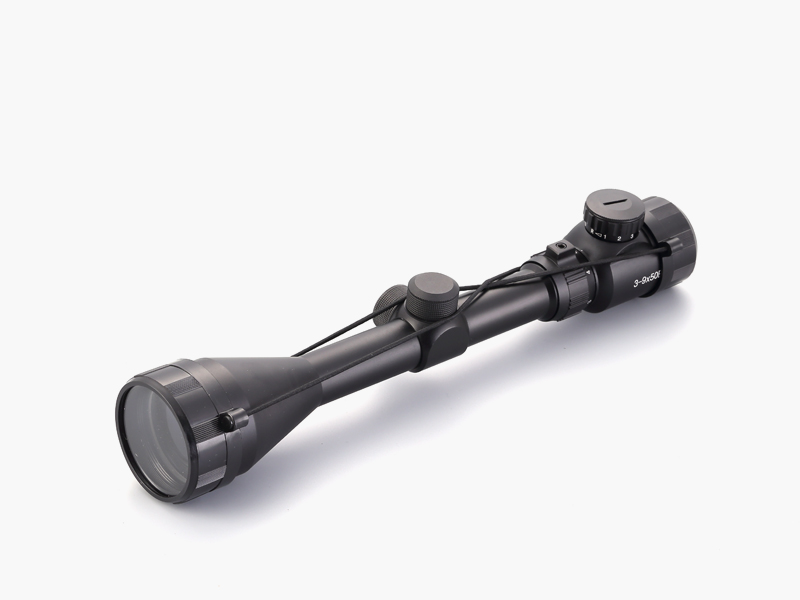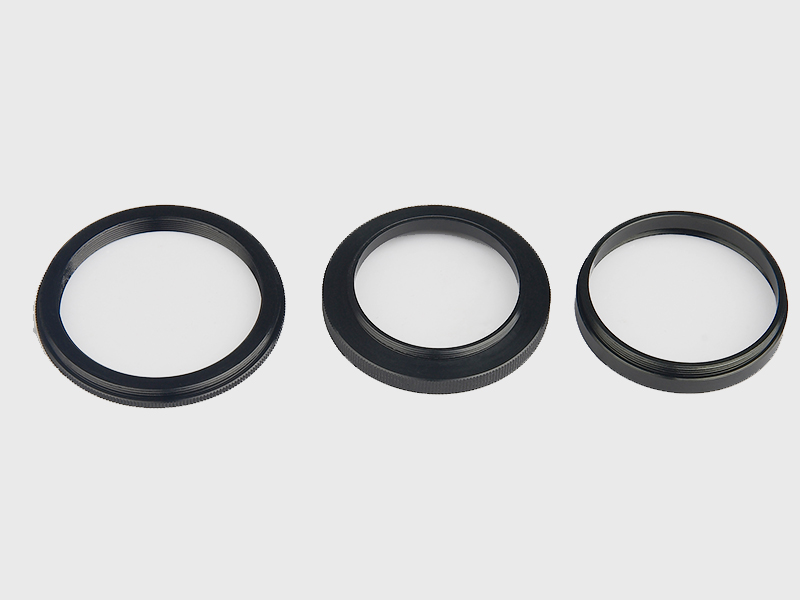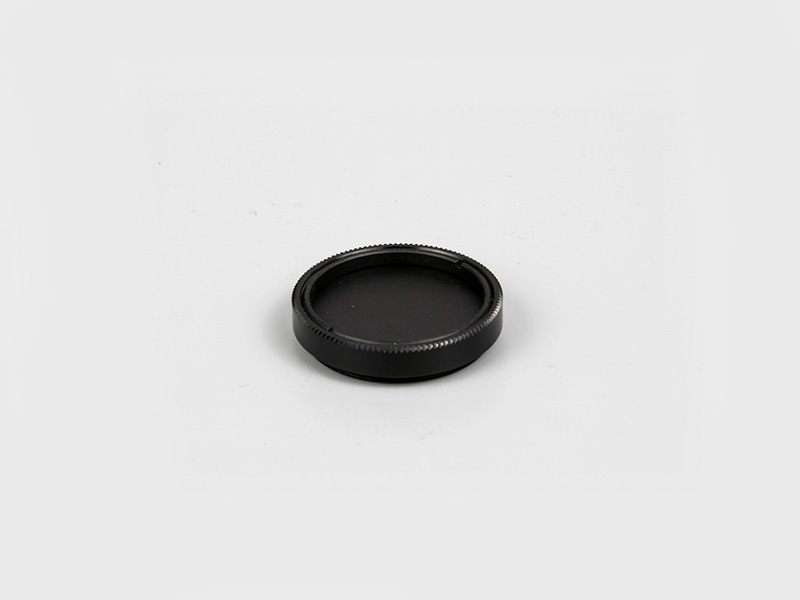Purchasing a telescope that you want is a very important issue for users, because it determines whether the telescope can well meet their immediate needs. However, beginners often do not have the identification of telescopes and related optical knowledge, and are often confused by words such as "high magnification", "ultra-distance", "infrared night vision", "high transparency film", and "lightweight and portable", especially Now that the market is full of inferior binoculars, how should beginners buy binoculars?
1. Clear Purchasing Purpose
There are many types of telescopes, a. According to performance: monoculars, binoculars, range-finding telescopes, bird watching telescopes, infrared thermal imaging cameras, low-light night vision devices, astronomical telescopes, high-power telescopes, etc.; b. Classified by purpose: Military police binoculars, forest fire binoculars, electric patrol binoculars, outdoor tourism viewing binoculars, sports concert binoculars, marine marine binoculars, medical instruments and biological microscopes, and coin-operated viewing high-power large-aperture binoculars.
2. Teach you how to recognize the telescope
The representation method of the telescope: magnification x objective lens aperture (diameter, mm), different types of representation methods will have some slight differences.
1. The expression method of fixed-magnification telescope: magnification x objective lens aperture (diameter, mm), for example, 10X50, which means that the magnification of the telescope is 10 times and the objective lens aperture is 50 mm.
2. The representation method of the zoom telescope: the zoom telescope is divided into two types: continuous zoom and fixed zoom. The continuous zoom telescope is expressed by "low magnification-high magnification x objective lens aperture (diameter mm)", such as 7-21X40 means that the telescope's low magnification is 7 times, and the high magnification is 21 times. The magnification can be changed freely, and the objective lens diameter is 40 mm; the fixed zoom telescope is expressed by "low magnification/high magnification x objective lens aperture (diameter mm)", for example, 15/30X80 means that the low magnification of the telescope is 15 times. The high magnification is 30 times, and it cannot be freely changed between 15 times and 30 times. It can only be fixed and changed. The objective lens diameter is 80 mm.
3. Some telescopes will appear "WA", "LE" and other English words behind the above technical parameters. "WA" means wide-angle, with a wider field of view; "LE" means long exit pupil, suitable for friends with glasses. Observe without taking off the glasses; "WP" means waterproof; "GD" means wide-angle fixed focus.
4. The magnification of the telescope: the magnification of the telescope can be understood as the ability of the telescope to zoom in on objects. The smaller the magnification, the larger the field of view, the clearer the outline of the image, and the easier it is to adjust the focus; the larger the magnification, the smaller the field of view, and the part of the image will be enlarged more clearly, but at the same time the stability of the image cannot be guaranteed. (At this time, use a tripod). The reasonable magnification of a telescope is also related to its aperture and observation method: the multiplier with a larger aperture can be appropriately higher, and the one with a stand can be higher than the handheld one. Hand-held observation binoculars, between 7-12 times is very suitable, try not to exceed 20 times, if the magnification of the telescope exceeds 20 times, then handheld observation will be very inconvenient, the fluctuations of breathing and air fluctuations will be It has an impact, try to use it with a tripod.
Therefore, the magnification of the telescope is not as high as possible. Generally, the magnification of telescopes on the market will not exceed 20 times. If several hundred times or several thousand times are marked, then it is undoubtedly a fake.
5. Telescope aperture: refers to the diameter of the telescope objective lens. The larger the aperture, the greater the field of view and brightness, which is conducive to observation under dim light, but the larger the aperture, the larger the volume. Generally, it can be selected between 21-100mm according to needs.
6. The field of view of the telescope: The field of view is the actual width of the image seen by the telescope at a certain distance, which is a very important performance parameter. The field of view is generally expressed by the field of view (observable width) in kilometers. For example, a 7X50 telescope can allow you to see an image range of 119 meters wide at 1000 meters. The field of view is determined by the magnification of the telescope, the focal length of the objective lens and the eyepiece. But one thing is certain, the larger the magnification, the smaller the field of view.
7. The exit pupil diameter of the telescope: it is the size of the light spot formed on the eyepiece after the image passes through the telescope. It is expressed in millimeters and is the amount of light that enters your eyes. The larger the objective lens and the lower the magnification, the larger the exit pupil diameter. Theoretically speaking, the larger the exit pupil diameter, the brighter the observed scene, which is conducive to the observation under dim light. Therefore, the condensing power of the telescope must be equal to the exit pupil diameter or at any time the exit pupil diameter must be larger than your pupil diameter. Is the larger the diameter of the exit pupil, the better? No, the normal use of the telescope is usually during the day. The pupil diameter of the human eye is very small, only about 2-3 mm. If the pupil diameter is as large as 4 mm or more, most of the useful light will not be absorbed by the human eye. The pupil of the eye can only reach about 7 mm when it is dim. Under normal circumstances, the exit pupil diameter is not less than 3 mm.
8. The lens material and coating of the telescope: The prism of the general telescope uses K7, K9 glass, and the high-quality BaK4 prism is made of high refractive index optical glass, which can provide excellent light source transmission even in the periphery of the field of view.
For a good telescope, its lenses must undergo a special coating treatment, the purpose of which is to increase the transmittance of light, reduce the amount of reflected light from the lenses, and improve the observation effect. The luminous flux of the coated lens is 55% higher than that of the uncoated lens, and its brightness is very high. Nowadays, blue film and red film are widely used in the market. The blue film has good transmittance to the light source, good image reproducibility, and basically no chromatic aberration; while the red film has a better appearance, and the transmittance of the light source is not as good as that of the blue film. There is a certain color difference when the image is restored. If the sun is shining strongly in the snow source area, etc., it is more suitable to reduce the brightness. Among the coatings, broadband green films are better for light source transmittance and antireflection.
Consumers should be reminded that the structure and principle of red film telescopes and infrared night vision devices are completely different. The real infrared night vision devices are photoelectric tube imaging. They cannot be used during the day and require power to observe, and the price is very high. What kind of film it is, it is impossible to observe it at night when there is no light at all.

 English
English 日本語
日本語 Deutsche
Deutsche España
España
